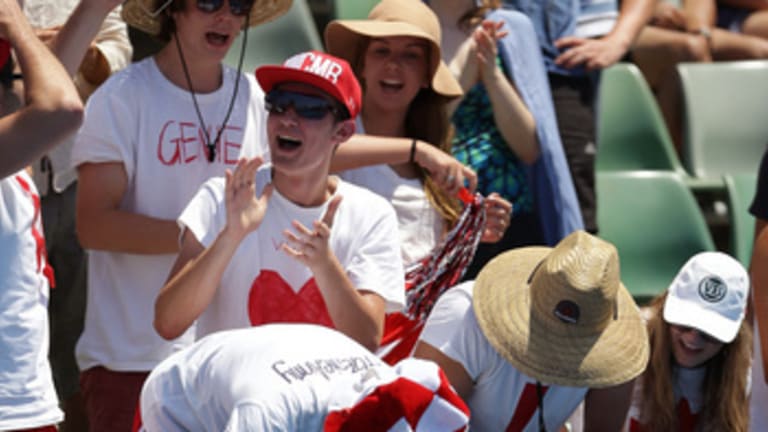While traveling up and down North America as a 16-year-old on the pro circuit, I managed to win a $10,000 tournament in El Paso, Texas. I was unseeded during my unexpected run and escaped near losses in the first round and semifinals; the title helped push my ranking up into the low 500s. On the way to the airport in a hideous PT Cruiser rental, my mom said to me, “This can’t be the peak. You have to keep going for more.”
In the year following that little breakthrough, I was defending almost nothing besides the El Paso title. The pressure of backing it up settled on my teenage shoulders—I lost six matches in a row. The sixth in Mexico came against my best friend, Irina Falconi, and marked the one-year anniversary of my mini miracle. With my precious ranking accelerating backwards, I ended the year almost 200 spots lower than I began.
The dreaded sophomore slump can strike players at any ranking in any sport. No one is immune, from aspiring pros to established stars. For those of you blissfully unaware, the term describes the many setbacks and hardships commonly experienced after a strong first year. It can hamper students, when effort and grades slip after a stellar start, or musicians when a second album doesn’t live up to the first (which almost always happens). There’s no getting around it: After a year of relative bliss, “What’s next?” looms on the horizon, and there’s no choice but to warily edge closer and hope to escape sophomore year unscathed.
Right now, the player most familiar with this term is Eugenie Bouchard. She had a magical year in 2014, reaching two Grand Slam semifinals and a Wimbledon final while rising to No. 5 in the rankings (after starting the season outside of the Top 30). At just 21 years old, she became the highest-ranked Canadian female of all time. The stars were aligning perfectly for Bouchard as she marched happily through draws that seemed to part before her feet.
